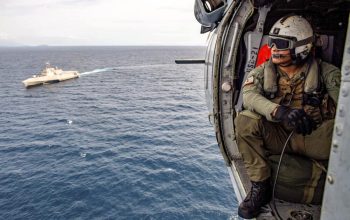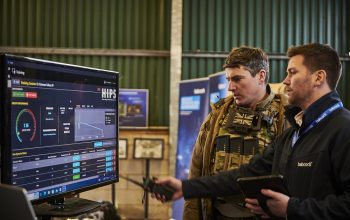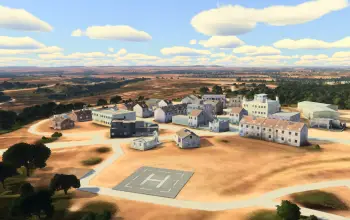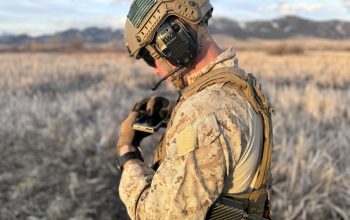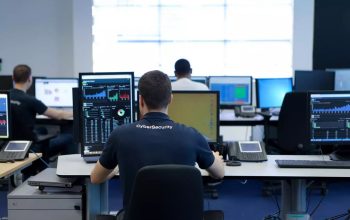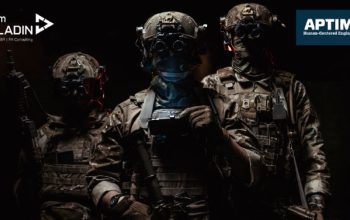The U.S. Army has taken delivery of eight Robotic Combat Vehicle (RCV) prototypes that will be used in a series of Soldier Touchpoints to further the U.S. Army’s Campaign of Learning. The fourth and final RCV (Medium) prototype was delivered to the U.S. Army Combat Capabilities Development Command (DEVCOM) Ground Vehicle Systems Center (GVSC), which is based at the Detroit Arsenal, Michigan, on May 13th. GVSC previously took delivery of four RCV (Light) prototypes in December 2020. With the RCVs now in government possession, work has begun to integrate autonomy on the systems.
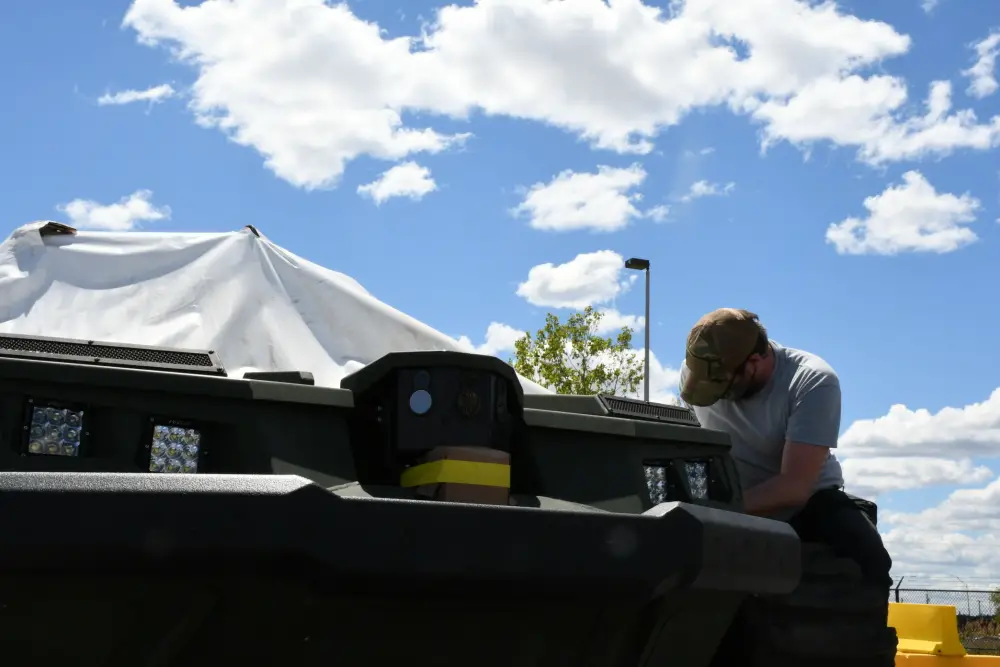
While all of the variants are payload agnostic and can be equipped with a variety of modular mission payloads – such as Chemical, Biological, Radiological and Nuclear detection kits, smoke obscuration modules, electronic warfare and various weapon systems – the Light variant, under 10 tons, could likely support reconnaissance-related missions; the Medium, under 15 tons, could support direct fire augmentation; and the Heavy, 20-25 tons, could bring decisive lethality to its assigned unit.
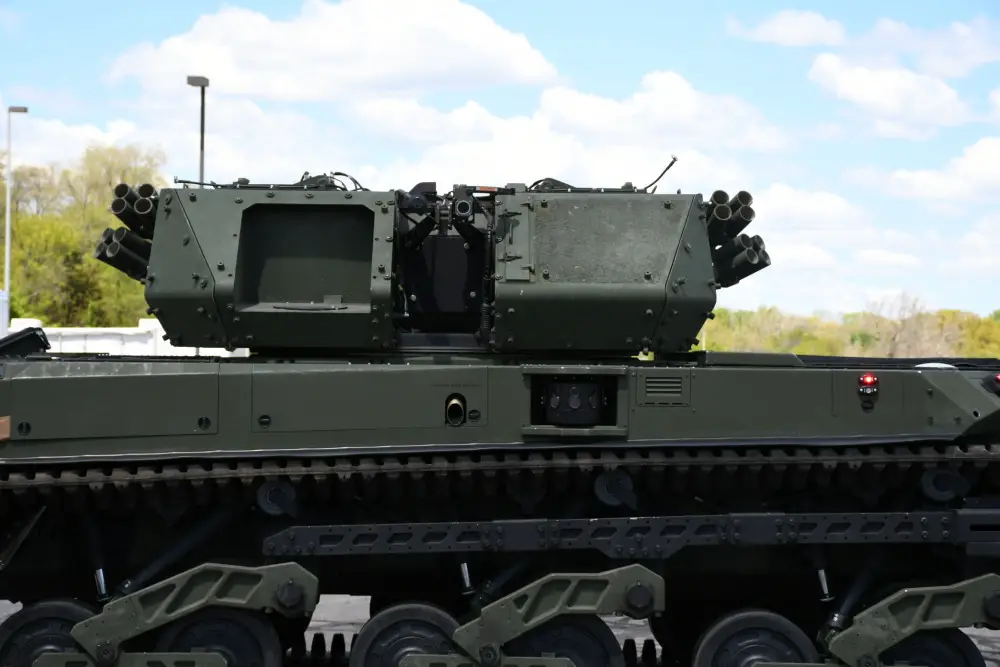
This summer both the RCV (L) and RCV (M) vehicles will undergo shakedown testing individually, in operations together, and eventually combined with the ground vehicle capability testbed, the Mission Enabling Technologies Demonstrators (MET-D) that serve as the RCV control vehicles during testing. MET-Ds are technology development tools that help the Army to evaluate emerging technology in a relevant tactical environment and decide if the new technology is worth integrating on new or legacy combat platforms.
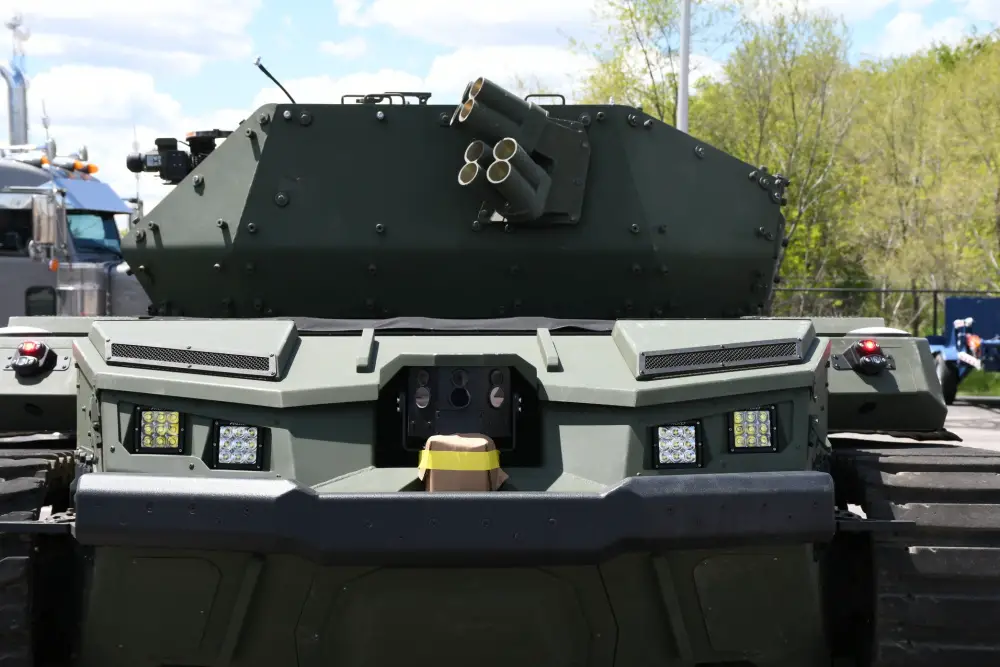
In addition to the RCV (L) and (M) prototypes, the Army will utilize four specially equipped M113s to serve as RCV surrogates to shape and inform the future RCV effort with simulated larger caliber weapons systems. These RCV surrogates will couple with both the RCV (M) and RCV (L) to create the Army’s first Manned Unmanned-Teaming company during next summer’s SOE. During this experiment, Soldiers from the First Cavalry Division will employ the MUM-T company in offensive and defensive missions against a near-peer opposing force and conduct a live fire exercise as the culminating event.



